Development of Helicopter Concepts
It took the entire 19th century for useful ideas to emerge that made it possible for the helicopter to be developed.
It took another half century (the first half of the 20th century) to develop stable, flying helicopters that were of practical use. During the 1800s,
a great deal of knowledge was gained that contributed to the development of helicopter technology.
Most important was the growth in the understanding of aerodynamics and rotor systems and the development of ideas for an effective helicopter design overall.
The majority of ingredients were already in place, like the anti-torque tail rotor, the cyclic concept and of course the notion of a main rotor.
One often overlooked event in the history of the helicopter is the invention of the internal combustion engine around the 1850s,
although it took until well into the 20th century before this type of engine matured to a level where it was suitable for helicopters.
It also took some time (1930s) before the rotor system got its much-needed aerodynamic efficiency with the use of ever sleeker rotor blade designs.
1783 Counter Rotating Feathers (Launoy & Bienvenu)
1783, the Frenchman Launoy and his mechanic Bienvenu created a set of counter rotating feathers, which were powered by a string.
By using two such feather 'rotors', the problem of cancelling torque was resolved. In 1784, at the French Academy of Sciences’ facility,
they successfully demonstrated that these counter rotating feathers could fly freely. This configuration of counter rotating rotors to cancel torque (co-axial design) is still used today.
For example Kamov is well know for their co-axial helicopters.

1786 Early Scientific Paper on Rotating Wings (A.J.P. Paucton)
In 1786, the mathematician A.J.P. Paucton introduced the concept of a helicopter which could carry people, in one of the first scientific papers
on rotary winged aircraft, entitled "Theorie de la vis D'Archimede". In it, he describes a flying machine with one rotor to provide lift and one
for propulsion, which could carry passengers.
1809 Foundations of Modern Aerodynamics (Sir George Cayley)
Sir George Cayley, a British Engineer, is recognized as the father of modern aerodynamics. He understood the basic forces which act on a wing,
and realized the importance of the wing's angle of attack, and that curved surfaces would produce more lift than flat ones.
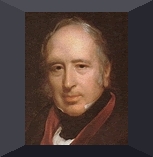
1842 Steam powered helicopter model (W. H. Phillips)
Many inventors struggled with the engine for experimental vertical flight machines. Before the combustion engine era, the solution at hand was to either store energy mechanically
for propulsion purposes or use a steam engine. The first solution does not provide sufficient durability and the second suffers from a poor power to weight ratio. One of the first,
successful steam powered models was a 10 Kg device produced by the Englishman W.H. Phillips. The machine was powered by the jet principle by ejecting steam at the blade tips. However,
the solution did not scale-up well to the size of a real-life flying machine.

1843 Paper: Aerial Carriage (Sir George Cayley)
Sketches of a vertical take off and landing aircraft were produced by Sir George Cayley in 1843. As there were no suitable engines at that time,
the design, which resembles what we now call a helicopter, remained on the drawing board.
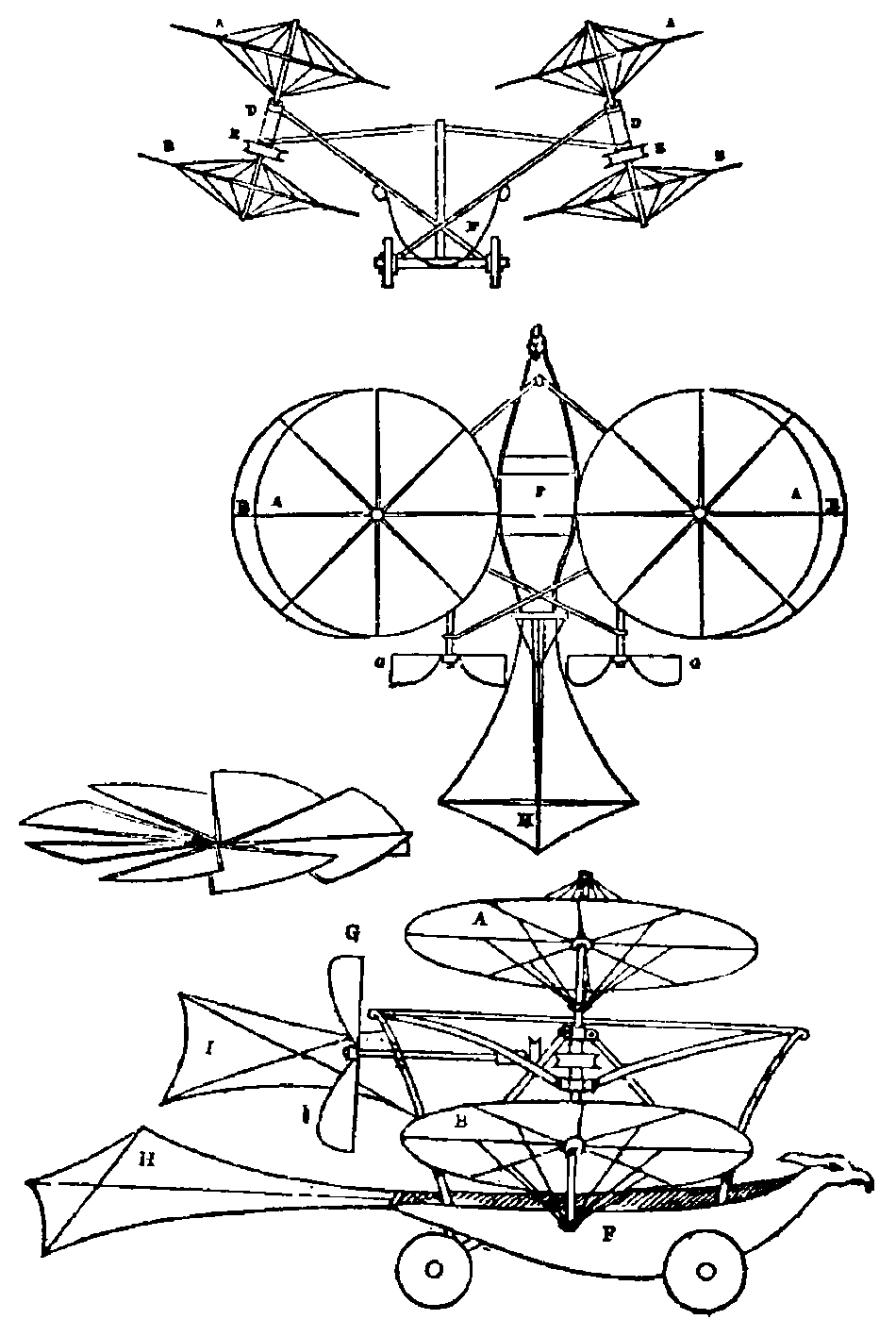
1860 Steam Powered Models (Ponton d`Amecourt)
Steam powered models with counter rotating propellers were considered, but couldn't fly. D`Amecourt, who was responsible for these designs,
also built models with string propulsion which were much more succesful. He called his flying machines 'Helicopteres', which is derived from
the Greek adjective "elikoeioas", meaning spiral or winding, and the noun "pteron," meaning feather or wing.
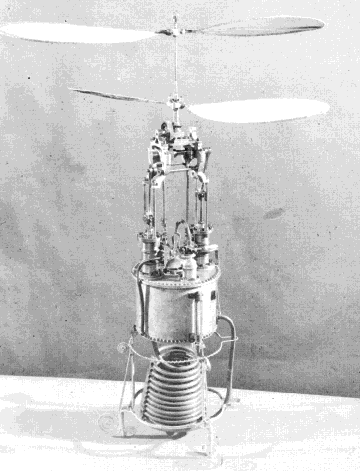
1861 Helicopter idea patented (M. Nelson)
The first recorded patent of the idea behind the helicopter was granted to Mortimer Nelson, who suggested an "aerial car" which used fans to lift the vessel in a vertical direction.
The fans were to be mounted in pairs to counterbalance the torque effect that comes with all engines. It is remarkable that Nelson had already
envisioned changing the angle of the drive shaft to be able to shift from vertical to horizontal flight. The same is true for his idea to use aluminium instead of iron as a light, yet strong, material.

1874 Sideward Thrusting Tail Rotor (Wilheim von Achenbach)
Wilheim von Achenbach was probably the first designer to introduce the idea of a sideward thrust tail rotor to counteract the torque of the main rotor.
This idea is now the standard in helicopter design.
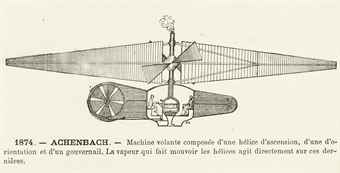
1880 Gun cotton & electrical powered models (Thomas Alva Edison)
A less well-known fact is that Thomas Edison also did research on helicopters. There are two things worthy of note, the first of which is the fact that he used a gun cotton explosion-based propulsion
method. This can be seen as an early attempt to create something like a combustion engine. Edison stopped using this type of propulsion method when he blew up a part of his laboratory with his engine!
He later changed to electrically powered models. The second matter worth mentioning is the knowledge that Edison acquired about rotor aerodynamics. He discovered that an efficient rotor system is
built from large diameter rotor blades with a relatively small surface and needs to be driven by a powerful engine in order to deliver vertical flight capability.

1906 Concept of Cyclic Rotor Control Patented (Gaetano A. Crocco)
An early patented cyclic pitch was designed by the Italian pioneer Gaetano A. Crocco, who realized that changing the pitch of rotating blades, dependant on its angular position, was an important feature for
flying a helicopter. The importance of this invention can't hardly be exagerated as it paved the way for controlled helicopter flight. Today, every helicopter uses some form of cyclic pitch control.
As is often the case with inventions, Crocco wasn't the only one thinking about cyclic pitch control. Boris Yur'ev, who lived in Russia, came up with the same idea independently.
Also he build a helicopter that resembles the modern helicopter layout with its sleek main rotor and a tail rotor to compensate for the engine induced torque. Unfortunately,
the prototype suffered from a severe lack of engine power so it could't lift its own weigth.
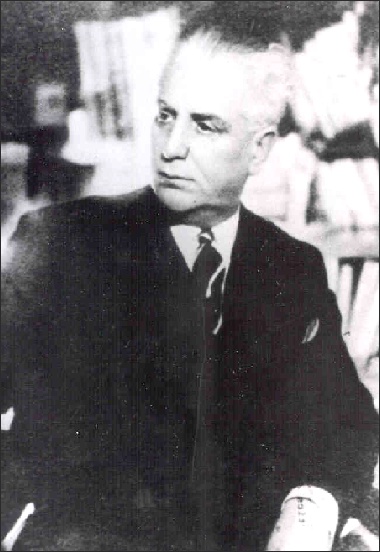 Gaetano A. Crocco
Gaetano A. Crocco
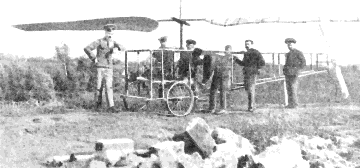 Boris Yur'ev's helicopter
Boris Yur'ev's helicopter
1900 - 1910 Theory Relevant to Helicopter Development
During the first decade of the 20th century Drzewiecky and Drzewiecky published several papers which contributed to the understanding of the complex rotor aerodynamics.
1900, Drzewiecky, developed a hybrid momentum/blade element concept.
1904, Joukowski, paper "On the Useful Load Lifted by a Helicopter."
1906, Joukowski, "About Connected Vortices".
1907, Joukowski, paper on "A Multi-Bladed Propeller-Screw".
1909, Drzewiecky, book "Des Helices Aeriennes Theorie Generale des Propulseurs."
1909, Joukowski, "Experiments on the Theoretical Determination of the Effect of the Airflow on the Surface of a Propeller."
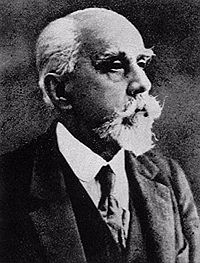 Stefan Drzewiecki
Stefan Drzewiecki
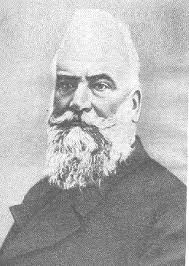 Joukowski
Joukowski
Comments are disabled.